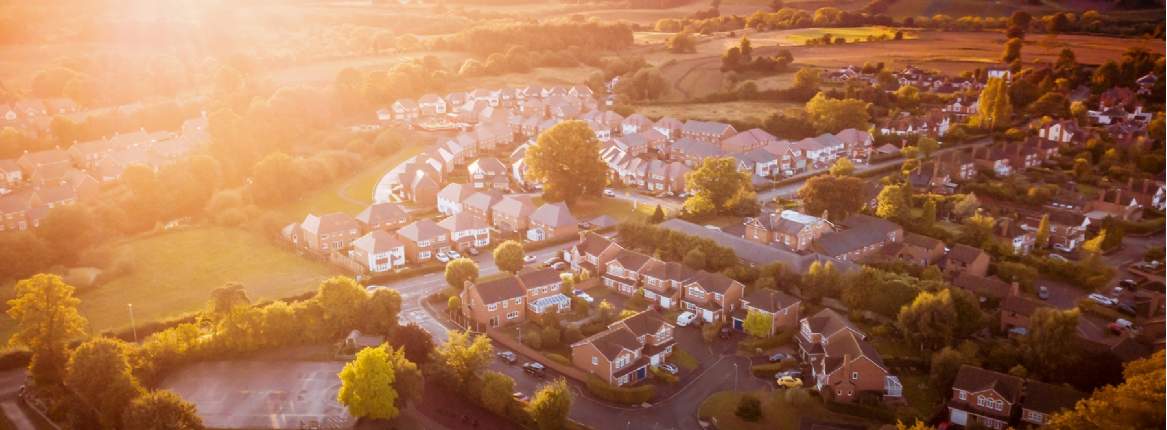Whether the current lockdown landed when your plans to buy or sell were well under way or it fell before you had a chance to put thoughts into action, deciding how best to move forward is very important. We recently hosted two webinars for buyers and sellers, inviting them to put their questions to our range of experts. Here’s a round-up of what they asked, with our answers.
What is happening to house prices?
This is almost always the first question we’re asked, and a topic on which our researchers have spoken and written extensively. My key takeaways from their briefings are that most forecasters are expecting a short, sharp V-shaped economic shock. On that basis, while we might see short-term falls in a period of very low transactions, our researchers stand by their forecasts published in November 2019, which anticipate that UK house prices will rise by an average of 15 per cent over the next five years.
I have agreed to buy a house, should I reduce my offer?
Everyone makes decisions based on their individual circumstances, but we’d always recommend taking a mid-term view when buying a home. If you’ve fallen in love with it, and it will suit your needs for the next few years, you might not wish to risk losing the purchase. There are very few distressed sellers in the market and many will simply walk away from a low offer.
Saying that, we are advising sellers to remain pragmatic on pricing, particularly those who are keen to move quickly, and this will be increasingly important as we come out of lockdown.
Do you expect to see more demand for homes in the country once we come out of lockdown?
We have been saying for some time that the prime country market represents very good value for money. The experience of working from home, avoiding daily commutes, is definitely expected to drive interest in these more rural locations, and we’ve already seen this in levels of inquiries during lockdown. Good villages, that offer easy access to key cities, could be top of the shopping list.
And if I may, a shout out for my home country – Scotland. Edinburgh and Glasgow were on a roll before lockdown and we expect that to continue, while the country market, where prices are still below their peak in many cases, offers exceptional value for money.
And will a rise in demand for the country mean prime central London has had its day?
Like all markets, central London is currently in suspended animation, but we’re seeing very early signs that it will follow the pattern of previous downturns and be the first to recover, as our research team expects. As we entered lockdown, values in prime central London were still 40 per cent below peak in US dollar terms, so it is looking good value on a global platform. Web searches – the very earliest lead indicator – from overseas are now above levels seen in the first 10 weeks of the year.
And while some will come out of lockdown with a desire for a larger house and open countryside, we expect to see many others committed to living more centrally and willing to pay a ‘walk to work’ premium.
Do you expect to see a stamp duty cut or holiday?
There have been calls for the Chancellor to cut rates or grant a stamp duty holiday. While this would obviously be very welcome, the Treasury will need to protect its tax revenue given the vastly increased public spending commitments triggered by the pandemic, so it’s not something we expect to see.
We’re planning to downsize and want to buy a small investment property. What would you recommend?
Our head of lettings, Jane Cronwright-Brown, recommends a two-bedroom flat, but says that location very much depends on what you’re looking for. If yield is the most important factor, a regional city or country flat might give you a yield of 4-5 per cent, even six per cent in a secondary location. If you’re looking in London, tenant demand is always strong in the domestic markets of the south west, but competition from buyers keeps prices high and pushes yields down to 2.7 per cent. A two-bed in the north or east of London would give you a yield of up to 4.8 per cent.
What’s next for prime central London’s property market? Watch our recent webinar recording or join our newsletter to access our latest research, insights and stories.
Further information
To hear more answers, and analysis from our head of research, Lucian Cook, listen to the recording of our webinar.
Read more: What might Covid-19 mean for the housing market?
Read more: Coronavirus and the UK housing market: why duration matters
The house-buying process explained


(2).jpg)
.jpg)
.jpg)




.jpg)
.jpg)